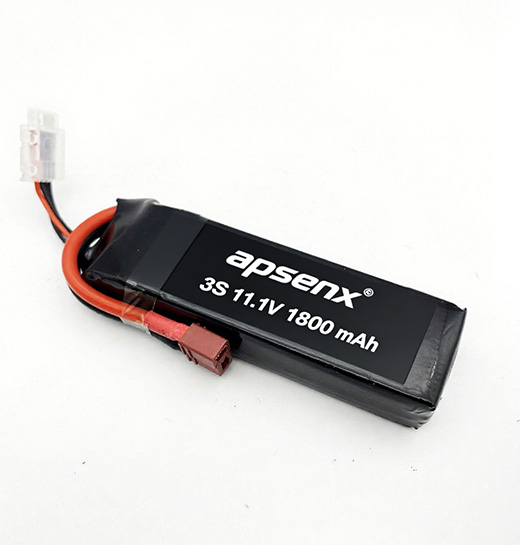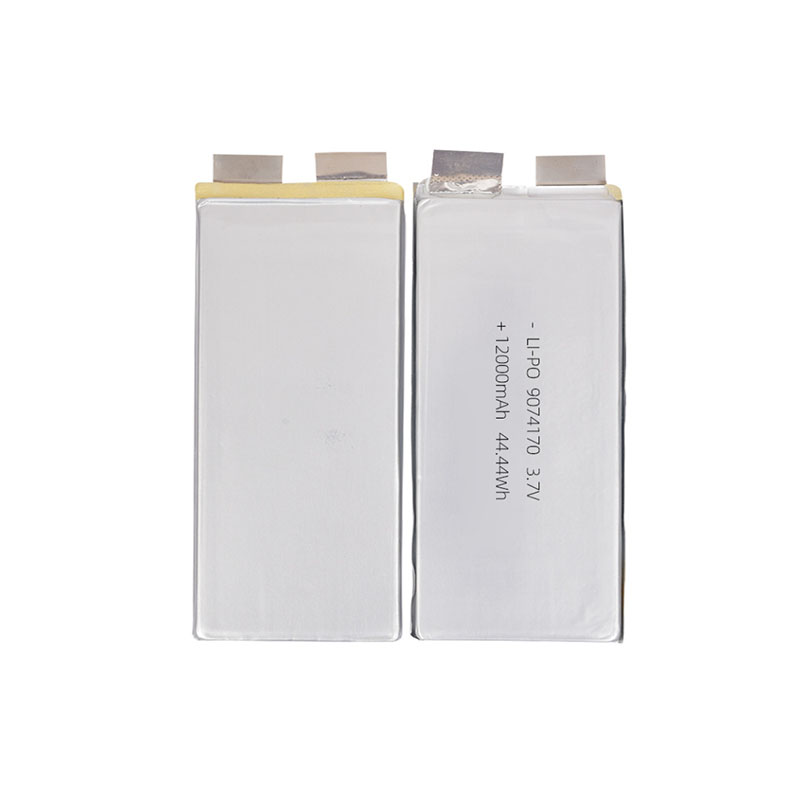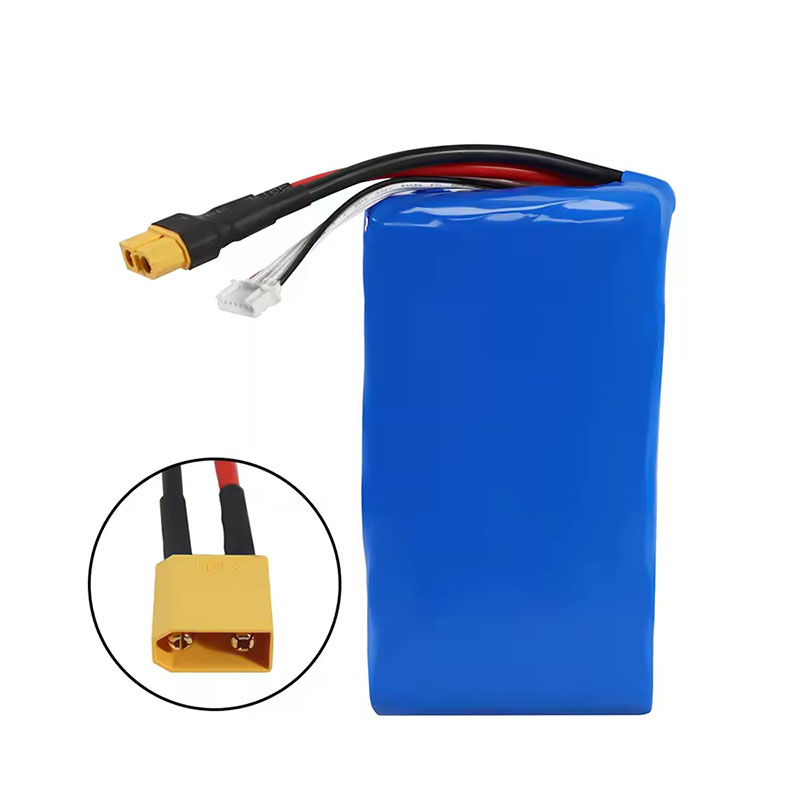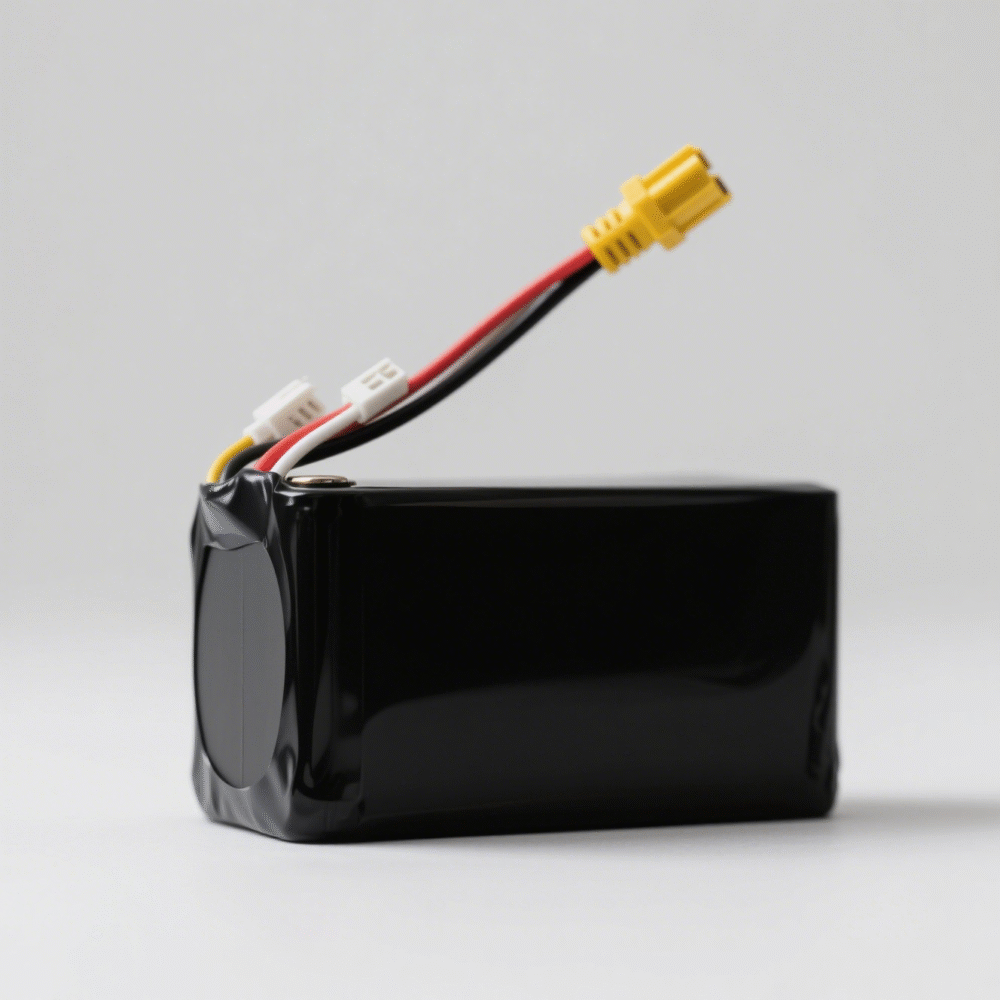Blog
Explore the Power of Lithium Innovation
Stay updated with the latest trends, technologies, and application insights in the world of lithium battery solutions
Search the whole station
Explore the Power of Lithium Innovation
Stay updated with the latest trends, technologies, and application insights in the world of lithium battery solutions
How you charge and discharge a drone battery significantly affects its lifespan. Always use a compatible charger and avoid overcharging, deep discharging, or using non-original charging equipment. Charge the battery when the power level drops to 20%-30% and disconnect the power promptly after it’s full to reduce stress on the cells. Avoid charging or discharging in extreme temperatures, as it can degrade or damage the battery’s performance.

Sudden ascents, descents, or sharp turns increase power draw, heat generation, and battery wear. To reduce this, fly as smoothly and steadily as possible. Avoid unnecessary maneuvers and plan efficient flight paths in advance to reduce total flight time and minimize energy consumption.

Over time, drone batteries may develop issues like voltage imbalance or inaccurate power readings, which affect real-world flight time. Regularly calibrating the battery helps correct these inconsistencies and improves the overall stability and lifespan of the battery pack. Industrial drones using multi-cell battery packs should undergo calibration every 2–3 months.

Modern industrial drones typically use smart batteries equipped with a Battery Management System (BMS). A BMS continuously monitors temperature, voltage, and current, offering protection against overcurrent, overvoltage, and short circuits. It can also communicate with the flight controller via Bluetooth or CAN interfaces. Using a BMS significantly extends battery health and reduces the risk of mid-flight battery failures.

When storing batteries for extended periods, maintain a 40%-60% charge level and avoid storing them fully charged or fully drained. Keep them in dry, ventilated environments, away from high heat, direct sunlight, or humidity. Use anti-static and shockproof packaging during transport, and follow lithium battery transport regulations to prevent physical damage and internal short circuits.

The battery is the “heart” of drone—its lifespan and performance directly impact flight efficiency and operational costs. By adopting proper charging habits, optimizing flight behavior, maintaining the battery regularly, and using smart management systems, drone users can significantly extend battery life. These practices are especially valuable in high-frequency use cases like industrial operations, agriculture, and security surveillance.
Apsenx offers high-performance lithium battery packs tailored to various drone applications. We also provide customization services to help clients achieve optimal balance between flight stability and endurance.

Apsenx 3S LiPo battery delivers powerful, stable energy for FPV and RC drones. Designed for advanced pilots, it balances voltage, capacity, and weight for optimal flight performance and extended runtime.

Apsen 12000mAh high-rate low-temperature UAV lithium battery with smart BMS for industrial and consumer drones. Long endurance, high discharge rate, customizable voltage, and certified global safety compliance.

Apsen 8000mAh 21700 6S2P 22.2V 10C LiPo battery for RC aircraft, FPV drones, and industrial UAVs. High discharge rate, customizable connectors, OEM/ODM support, and certified safety compliance.

Apsenx 6S 22.2V 12000mAh LiPo battery for agricultural drones, FPV racing, and RC aircraft. Features XT90 connector, high discharge rate, long flight endurance, and full OEM customization.
Learn about 18650 battery current, including continuous, pulse, and maximum discharge rates, and key factors affecting performance to choose the right battery for electronics, power tools, and energy storage.
View detailsLearn how to safely replace your drone battery. Step-by-step tips for DJI Mini 2, Mini 3, Mini 4K, and more. Maximize flight time and keep your drone flying smoothly.
View detailsA practical look into 20s 3.7V 18650 battery packs—how they work, where they fit best, and what to keep in mind before building or buying.
View detailsA complete guide to bulk purchasing 18650 batteries: cell types, supply channels, pricing, and safety tips for reliable sourcing.
View details
HelloPlease log in